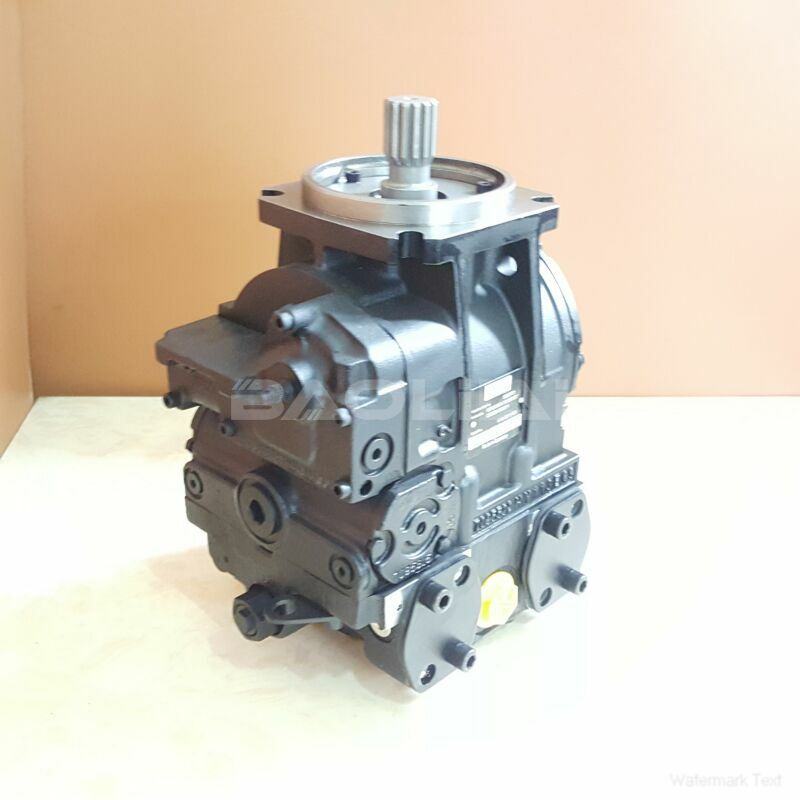90R100KP5NN80R3F1E00GBA424224 high pressure pump
90R100KP5NN80R3F1E00GBA424224 high pressure pump

- Product Details
- Applicable Scene
In the modern industrial landscape, the efficiency of hydraulic systems plays a critical role in optimizing operational performance and reducing energy consumption. Among the key components influencing these systems, pumps are pivotal in determining the overall energy effectiveness. Sauer Danfoss, a renowned leader in hydraulic technology, has engineered a range of pumps that significantly mitigate energy loss and enhance system efficiency.
90-R-100-KP-5-NN-80-R-3-F1-E-00-GBA-42-42-24
90R100KP5NN80R3F1E00GBA424224
Hydraulic systems primarily operate by transferring energy through fluid movement, and the efficiency of pumps is crucial in this process. Traditional hydraulic pumps often experience notable energy losses due to factors such as internal leakage, heat generation, and mechanical inefficiencies. These losses not only increase energy expenditure but can also lead to a reduction in overall system performance and lifespan. Sauer Danfoss has made it their mission to address these issues with innovative pump designs that optimize energy use.

80001991
One of the standout features of Sauer Danfoss pumps is their capacity for variable displacement. This technology allows pumps to adjust their output flow based on the exact requirements of the hydraulic system in real-time, thereby minimizing waste. By only supplying the necessary amount of hydraulic fluid needed for a given task, these pumps reduce the energy consumed during operations. This adaptability is particularly beneficial in applications that experience fluctuating loads, as it allows for more precise control and improved efficiency.
Moreover, Sauer Danfoss pumps incorporate advanced materials and engineering techniques that minimize internal leakage and optimize fluid dynamics. By enhancing the sealing technology and reducing friction within the pump, these systems can achieve higher efficiency rates, ultimately lowering the energy needed to perform the same amount of work. This innovation not only helps in conserving energy but also reduces the thermal stress on the hydraulic system, leading to longer equipment life and reduced maintenance costs.





